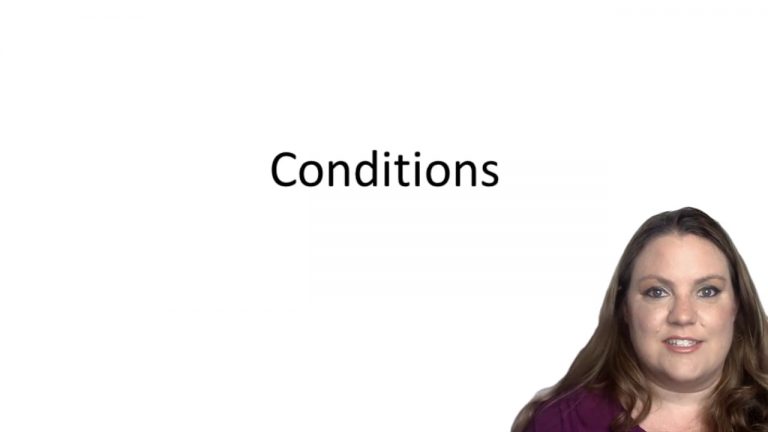SmartBrief
Confirm favorite deletion?
Contracts Keyed to Kuney
Western Hills, Oregon, Ltd. v. Pfau
Citation:
265 Or. 137, 508 P.2d 201 (1973).Facts
Plaintiff owned 286 acres of land. Defendants learned that the land was for sale and formed a joint venture to purchase the property. After some negotiations, the “Exchange Agreement” was entered into on March 6, 1970. Per the agreement, defendants agreed to pay plaintiff $15,000 cash, convey four parcels of real property to plaintiff, and pay the balance of $173,6oo per other terms. The Agreement also included a condition stating that closing was “subject to ability of [defendants] to negotiate with the City of McMinnville as to a planned development satisfactory to both the first and second parties. . . ” Earlier versions of the Agreement included a provision that the transaction was subject to satisfactory sewer development by the City, but this term was deleted in the final version. Following execution, the defendants made preliminary proposals to the City, but abandoned their attempts to obtain approval due to the cost of an independent sewer system.
Only StudyBuddy Pro offers the complete Case Brief Anatomy*
Access the most important case brief elements for optimal case understanding.
*Case Brief Anatomy includes: Brief Prologue, Complete Case Brief, Brief Epilogue
- The Brief Prologue provides necessary case brief introductory information and includes:
Topic:
Identifies the topic of law and where this case fits within your course outline.Parties:
Identifies the cast of characters involved in the case.Procedural Posture & History:
Shares the case history with how lower courts have ruled on the matter.Case Key Terms, Acts, Doctrines, etc.:
A case specific Legal Term Dictionary.Case Doctrines, Acts, Statutes, Amendments and Treatises:
Identifies and Defines Legal Authority used in this case.
- The Case Brief is the complete case summarized and authored in the traditional Law School I.R.A.C. format. The Pro case brief includes:
Brief Facts:
A Synopsis of the Facts of the case.Rule of Law:
Identifies the Legal Principle the Court used in deciding the case.Facts:
What are the factual circumstances that gave rise to the civil or criminal case? What is the relationship of the Parties that are involved in the case.Issue(s):
Lists the Questions of Law that are raised by the Facts of the case.Holding:
Shares the Court's answer to the legal questions raised in the issue.Concurring / Dissenting Opinions:
Includes valuable concurring or dissenting opinions and their key points.Reasoning and Analysis:
Identifies the chain of argument(s) which led the judges to rule as they did.
- The Brief Prologue closes the case brief with important forward-looking discussion and includes:
Policy:
Identifies the Policy if any that has been established by the case.Court Direction:
Shares where the Court went from here for this case.
Topic Resources
Topic Videos
 6m 19s
6m 19s 12m 10s
12m 10sTopic Refresher Course
Topic Charts & Notes

